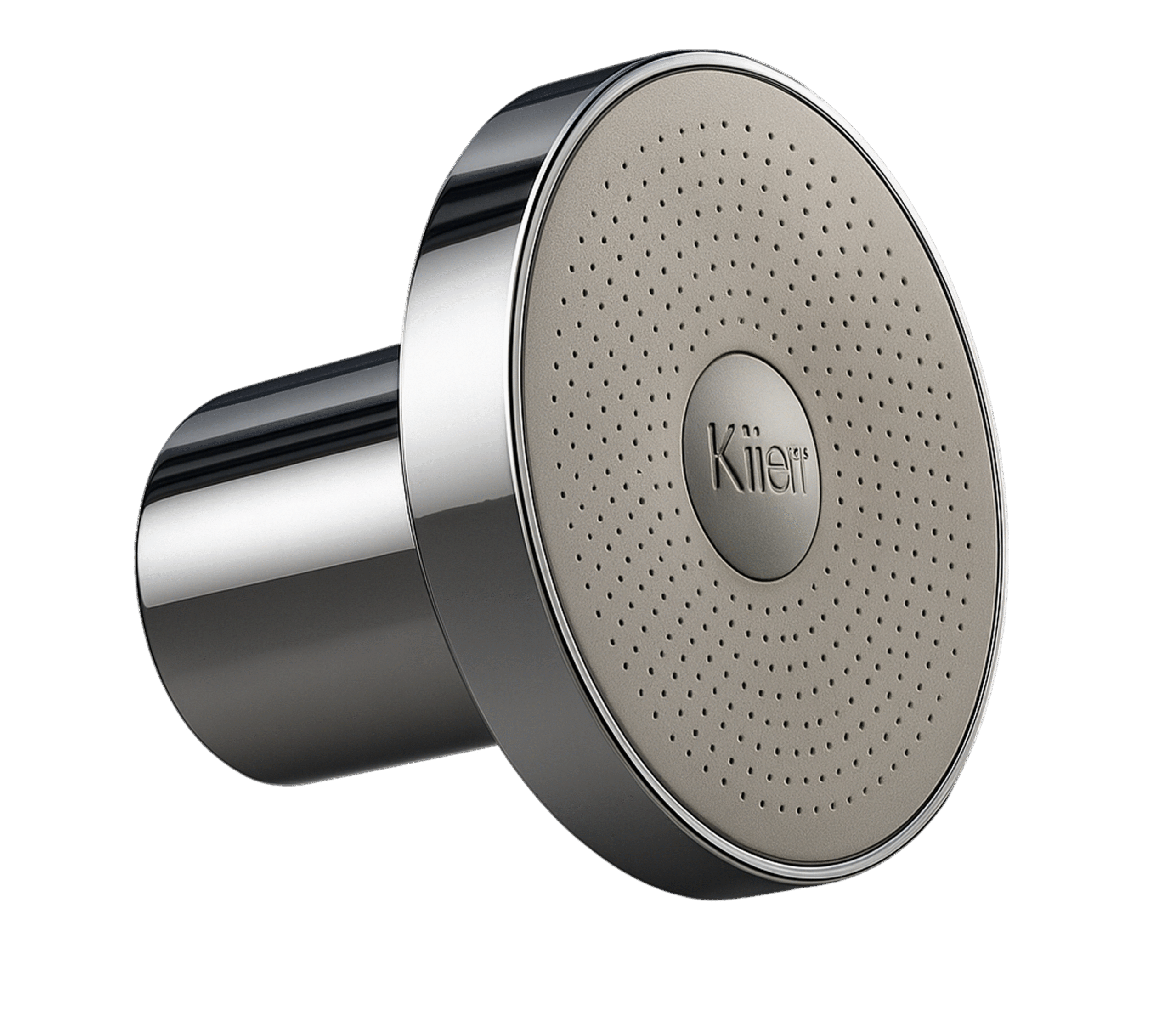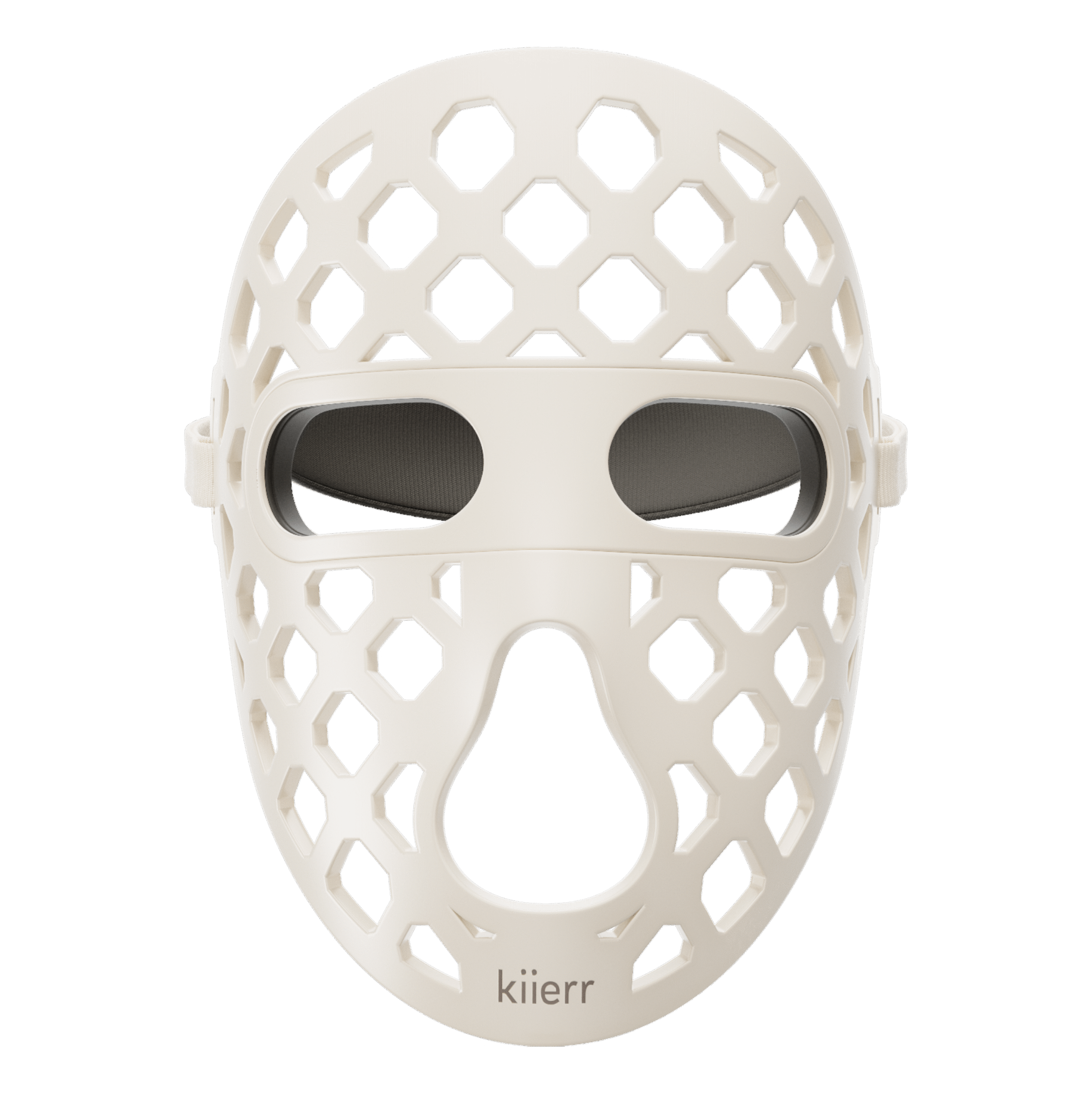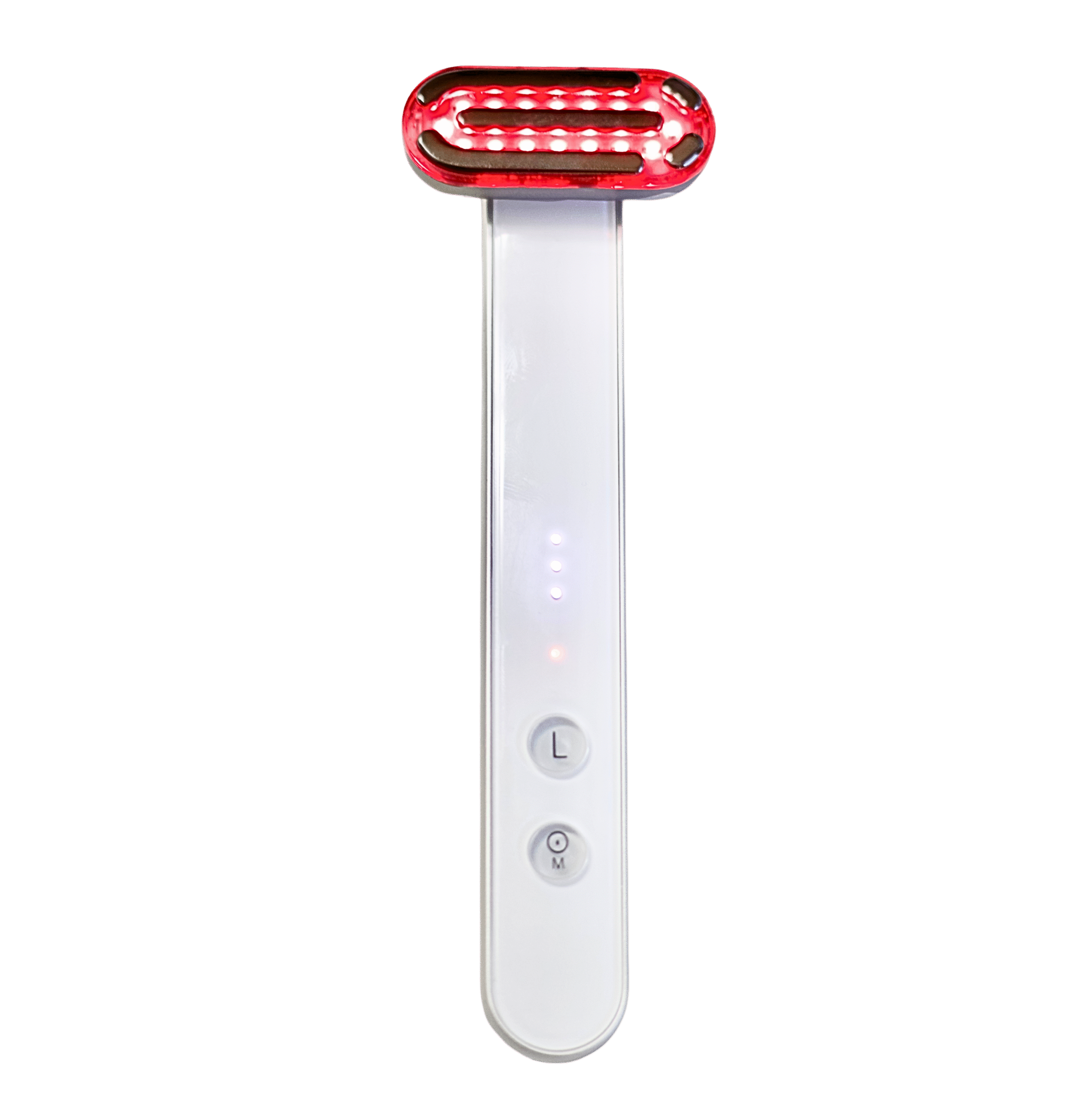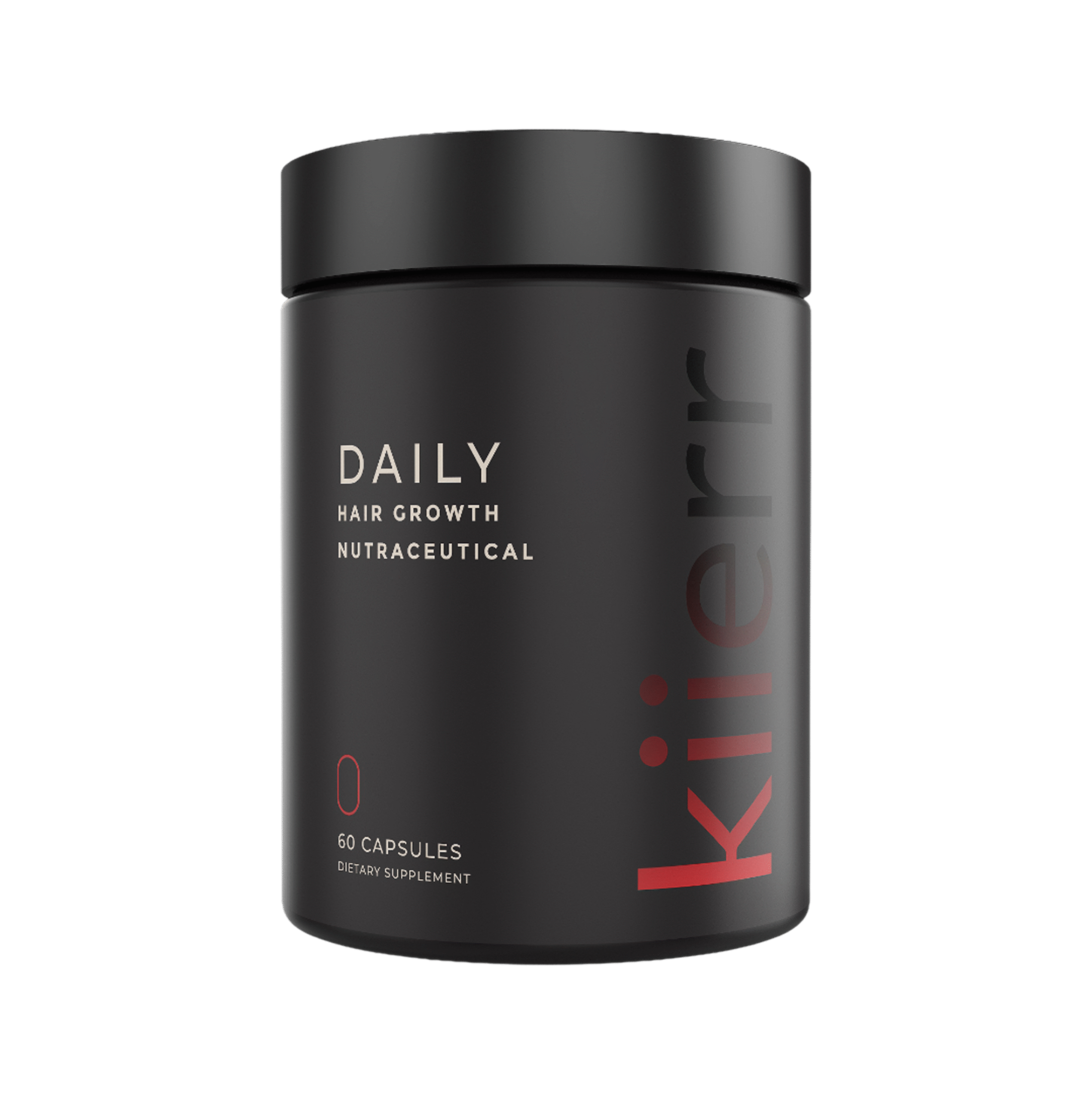Add items to get a Free Gift!
Hair Growth Tips, Health Behind Hair, Natural Hair Care Tips, Tips To Look & Feel Great
Hair Growing Slowly? Here Are 17 Ways to Make It Grow Faster
Everyone wants to have a thick head of hair. But as we age, our hair seems to grow at a much slower pace. Why is this? And what can be done about it?
In this guide, we’re going to explore exactly how hair grows and dispel the myth that you have to deal with whatever your genetics give you. We’ll take a deep dive into the hair growth cycle, explain what causes slow growth, and provide some simple and safe solutions anyone can use to make their hair grow faster over time.
Table of Contents
- 0.1 Understanding the Hair Growth Cycle
- 0.2 What’s a Normal Rate of Hair Growth?
- 0.3 Common Causes of Slow Hair Growth
- 1 17 Secrets for Faster Hair Growth
- 1.1 1. Eliminate Processed Foods From Your Diet
- 1.2 2. Eat a Fresh Plant-Based Diet
- 1.3 3. Eat More Fatty Fish
- 1.4 4. Add Eggs To Your Diet
- 1.5 5. Snack on Berries
- 1.6 6. Add Chia Seeds to Everything
- 1.7 7. Add These Items to Your Diet, Too
- 1.8 8. Deal With Stress
- 1.9 9. Try Meditation
- 1.10 How to Choose the Best Laser Cap
- 1.11 Try the Kiierr Laser Cap Risk-Free
Understanding the Hair Growth Cycle

To understand hair loss, you must first understand hair growth. More specifically, you need to get familiar with the hair growth cycle, which occurs in three very basic stages: anagen, catagen, and telogen. After completing the telogen phase, hair growth returns to the anagen phase, where it all starts over again.
Likewise, it’s important to understand the anatomy of hair. Each hair consists of a hair follicle, which is the portion of the hair that anchors the strand to the skin. Inside each follicle are a papilla and a bulb. The papilla is the fuel source, providing blood to the cells. The bulb is the collection of cells that grow the hair. The hair shaft is what grows out of the follicle and is visible to the naked eye. (This is the part that we generally consider “hair” since it’s what we see.) The hair shaft is made up of a protein called keratin.
Now that you understand the basic anatomy of hair, let’s explore how it changes and evolves throughout the growth cycle:
- Anagen phase. During this initial phase, the cells in the bulb divide to produce new hair. One single follicle (of which there are thousands) is usually active somewhere between two to seven years. During that time, it can grow as much as 30 inches of hair. Afterward, the follicle becomes dormant. The length of the anagen phase is one of the primary determining factors in the length of hair. Hair follicles on the scalp have a much longer anagen phase than the hair on your arms or legs (hence why hair grows longer on the scalp and significantly shorter on other parts of the body).
- Catagen phase. As hair moves out of the anagen phase, it enters into the catagen phase. Roughly three percent of all hairs on your scalp are in this stage at any given time. And while the anagen phase can last for several years, the catagen phase is usually completed in a matter of weeks. It’s during this phase that hair stops growing and becomes detached from the blood supply. At this stage, hair is referred to as “club hair.”
- Telogen phase. This final stage of the hair growth cycle is referred to as the “telogen” phase. During this phase, hair grows underneath the club hair (which is still attached to the scalp). This phase can last for as long as two or three months. Once it finishes, the club hair falls out and gives way for the new hair to grow. On average, a person will lose somewhere between 50 to 100 hairs per day to this process. (But with as many as 100,000 individual hairs growing on your scalp at one time, it’s not noticeable to the naked eye.)
After the telogen phase, hair re-enters the anagen phase, and the process starts over again. Hair loss occurs when hair is slow to enter this phase (or doesn’t resume anagen activity at all).
What’s a Normal Rate of Hair Growth?

When you are born, you have a finite number of hair follicles. You’ll never have more or less. And while your body may have as many as 5 million hair follicles covering your skin, your head consists of somewhere around 100,000. As you age, a certain percentage of these follicles “tire out” and become dormant. As more and more follicles stop producing hair, balding occurs.
According to the American Academy of Dermatology, hair grows roughly half an inch per month (on average). That means most people experience six inches of hair growth per year. How long your hair grows depends on how often you get it cut.
While six inches is the average hair growth per year, the speed at which your hair grows depends on factors like age, hair type, overall health of your hair, and other health conditions. If you want your hair to grow faster, you have to pay careful attention to your overall health, hair care regimen, and lifestyle choices.
Common Causes of Slow Hair Growth
Slow hair growth is a problem that millions of Americans report. (And it’s often a contributing factor to balding.) Generally speaking, slow hair growth can be tied to any or all of the following underlying issues:
- Genetics. The basic hair growth cycle is the same for everyone. Having said that, genetics can influence the length of each cycle and how smoothly one transitions into another. For example, the anagen phase lasts for an average of two to seven years. However, for some, it could last for just 12 to 18 months. In this case, hair loss would occur at a much faster rate (making it difficult to grow a thick head of hair).
- Hormonal imbalances. For the human body to function properly, it requires balance. More specifically, it needs the right balance of hormones. A single hormonal imbalance can cause accelerated hair loss and slow hair growth. The good news is that these imbalances can be fixed. The tricky part is identifying the imbalance in the first place.
- Medications. Certain medications can prevent your hair from growing fast (or at all). Chemotherapy is the most common example (causing anagen effluvium or telogen effluvium in the vast majority of cases). Other drugs that interfere with proper hair growth include blood thinners, beta-blockers, and certain antidepressants.
- Stress. While stress is a natural bodily reaction, excessive and chronic stress can create a number of issues in the body – slow hair growth included. Stress impairs your body’s ability to function properly and to provide oxygen and blood flow to key areas of the body, including hair follicles. If not dealt with properly, this can negatively impact long-term hair growth.
- Dietary deficiencies. Your diet has a direct impact on your hair growth and health. If you’re lacking in certain vitamins and nutrients, you’ll find it difficult to grow hair at a normal rate. These imbalances and deficiencies must be corrected in order to resume normal hair growth.
Getting to the root cause (or causes) of your slow hair growth is very important. Because the strategy you use to accelerate hair growth will be highly dependent on understanding what’s happening beneath the surface.
17 Secrets for Faster Hair Growth
Now that we understand what causes slow hair growth, let’s get to the exciting stuff. Here are some techniques you can use to speed up hair growth and reclaim that thick, lush head of hair that you had in your younger years.
1. Eliminate Processed Foods From Your Diet

Want to kickstart your hair growth? It starts with improving your diet to ensure you’re getting the proper blend of vitamins and nutrients.
As a general rule of thumb, you’ll want to do your best to eliminate as many processed foods from your diet as possible. This includes foods that contain lots of additives, refined sugars, and trans fats.
2. Eat a Fresh Plant-Based Diet
A fresh, plant-based diet that also includes lean meats and whole grains is preferred. Anything that includes lean proteins, vitamins, omega-3 fatty acids, iron, fat-soluble vitamins, and B-complex vitamins is good.
Here are a few food items to consider adding to your regular diet:
3. Eat More Fatty Fish
While all fish has a place in a healthy diet, certain fatty fish like salmon, herring, and mackerel are especially good for hair growth. They’re high in omega-3 fatty acids, which is integral to healthy hair growth. (If you have trouble consuming enough fatty fish in your regular diet, you can try taking fish oil as a supplement.)
4. Add Eggs To Your Diet

Consider adding more eggs to your diet! They’re packed full of essential nutrients like biotin and protein (both of which are vital to healthy hair growth).
5. Snack on Berries

Strawberries, blueberries, raspberries, and blackberries are full of vitamin C and antioxidants, which strengthen your hair and provide protection against damaging free radicals.
6. Add Chia Seeds to Everything
This little-known “superfood” is an excellent source of omega-3 acids. They’re also rich in fiber and antioxidants. Best of all, you can just toss them in with the foods you’re already eating – like yogurt, cereal, smoothies, or baked goods – for a nutritious boost.
7. Add These Items to Your Diet, Too
Other good food options include sweet potatoes, avocados, spinach, sweet peppers, pumpkin, nuts, shrimp, oysters, and plain yogurt.
8. Deal With Stress

While stress might be a normal part of life, our bodies are not designed to deal with chronic stress. In addition to making us feel emotionally overwhelmed, it has the added effect of putting undue pressure on our physical systems. More specifically, it impacts our breathing (which limits the delivery of oxygen to your body).
When oxygen is limited, the most important organs (heart, brain, lungs, etc.) get first priority. Other parts, like hair follicles, are left on the outside looking in. And since oxygen is required for efficient hair growth, it’s not uncommon for high stress levels to lead to slow hair growth.
Proactively dealing with underlying stress factors will aid in the delivery of oxygen to hair follicles (and other key parts of your body).
9. Try Meditation
Meditation and intentional breathing exercises are among the best ways to increase the flow of oxygen into your body. In fact, studies show the acute and long-term rise in oxygen saturation in meditation lowers stress levels and improves overall health. This includes hair growth.
10. Correct Hormonal Imbalances
As previously mentioned, hormonal imbalances can be a leading factor in slow hair growth and hair loss. In particular, you want to pay attention to estrogen and dihydrotestosterone (DHT).
Proper estrogen levels are required in order to increase the amount of time that hair actually spends in the growth stage. As estrogen levels decline, the growth phase gets much shorter.
Additionally, pay attention to DHT. Excessive DHT production weakens hair and speeds up the hair loss process.
If you suspect low estrogen levels and/or high DHT levels are to blame, a simple hormone test can help you get to the bottom of the issue. Should these tests show imbalances, certain supplements, and dietary changes can bring levels back into balance.
11. Wash Your Hair Less Frequently
Your hair care routine has an impact on how fast and healthy your hair grows. It can also contribute to hair loss (when not properly dealt with). Improving your hair care routine is a great place to start. For starters, your hair doesn’t need to be washed on a daily basis. It should be washed a maximum of three to five times per week.
12. Change How You Dry Your Hair
When drying your hair, gently pat dry with a towel and then allow it to air dry. Avoid vigorous drying, which can pluck brittle hairs out of your scalp and contribute to hair loss.
13. Limit the Use of Heat Styling Tools
Avoid using heat styling tools whenever possible. Hair blowers, curling irons, and straighteners damage otherwise healthy hair and make it prone to breakage.
14. Relax Your Hair Style
If you’re currently using tight hairstyles (like ponytails or braids), switching to a more natural style will prevent your hair from being damaged, pulled, or compromised.
15. Consider Creams and Pills
While there are many hair growth creams and pills on the market that promise to promote hair growth, there are only two that are FDA approved for general use: minoxidil and finasteride. However we recommend consulting your doctor prior to taking any pharmaceutical medication that may have side effects.
It comes in a variety of forms, including foams, serums, and shampoos. These drugs are a vasodilator, which means it expands blood vessels and increases blood flow. This has been shown to slow down hair loss and improve the rate of regrowth.
16. Ask Your Doctor About Other Options

There are some prescription medication that’s commonly known to aid in hair growth. However be sure to investigate fully and understand all of the side effect risks going into it if you choose this route.
17. Try Low Level Laser Therapy For a Natural Method

Low level laser therapy (LLLT), also known as photobiomodulation or cold laser therapy, is a safe and effective hair growth treatment that’s shown to stop hair loss and encourage faster and fuller hair growth.
LLLT uses infrared lasers (or LEDs) to stimulate the follicles of the scalp and restore blood flow to dormant areas. As a result, it jumpstarts the anagen hair growth cycle and encourages hair growth. More specifically, it:
- Stimulates skin tissue, which enhances the speed at which oxygen and other essential nutrients are delivered to hair follicles.
- As the light from the lasers penetrates the skin, weakened cells absorb the light, and protein synthesis ensues. This leads to a rejuvenated scalp that’s ripe for new hair growth.
- As hair follicles are regenerated, hair is brought out of the dormant telogen stage and back into the anagen phase.
Traditionally, the only way to enjoy the benefits of LLLT was by visiting a hair loss clinic or treatment center. But over the past several years, FDA approval has cleared the way for in-home use with convenient and cost-effective laser caps. These laser caps are typically used for 30-minute sessions every other day.
How to Choose the Best Laser Cap
When looking for a laser cap to accelerate hair growth and/or prevent hair loss, there are a few factors to consider.
- Brand. Is the brand behind the laser cap reputable? Research the brand, their products, and customer testimonials and reviews to make sure they’re reliable.
- Success rate. Does the laser cap have a history of success? Our Kiierr laser cap, for example, boasts a 93 percent success rate in clinical studies.
- Approval. Is the laser cap FDA approved for both men and women? Any reputable laser cap will be.
- Guarantees. Does the laser cap come with any sort of satisfaction guarantee to ensure you get the results you’re looking for?
While price is also an important factor, you’ll find that pricing usually reflects the factors highlighted above. In other words, you get what you pay for. Thus, the cheapest option may not be the best option.
Try the Kiierr Laser Cap Risk-Free

If you’re looking for a way to speed up hair growth, look no further than the FDA-cleared Kiierr laser cap system. Our caps come in a variety of sizes and come backed by an industry-leading seven-month money-back guarantee.
Try one today!

Jolene Anderson is the proud Co-Founder of Kiierr Hair Growth Experts. She has 11 years experience in natural healing, laser therapy hair loss. She’s a caring mom of 2 and passionate about helping others. Connect with her on LinkedIn: Jolene Anderson – Co-Founder @ Kiierr.com

 LASER CAPS
LASER CAPS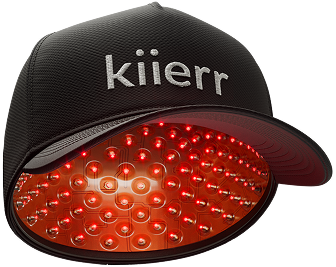
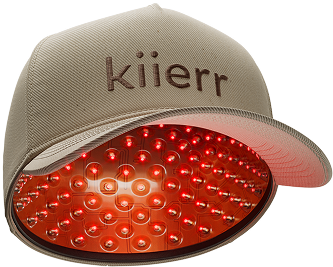
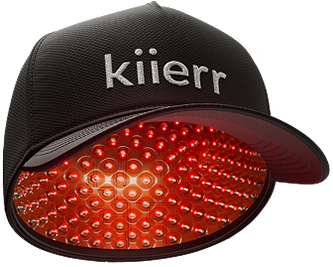

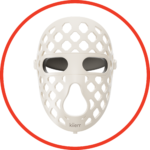 Beauty Products
Beauty Products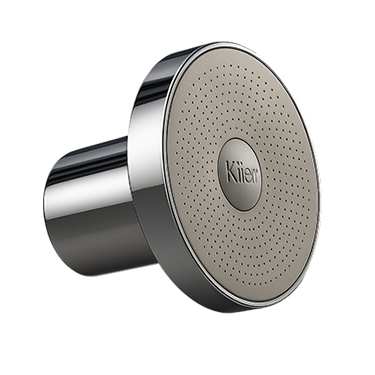
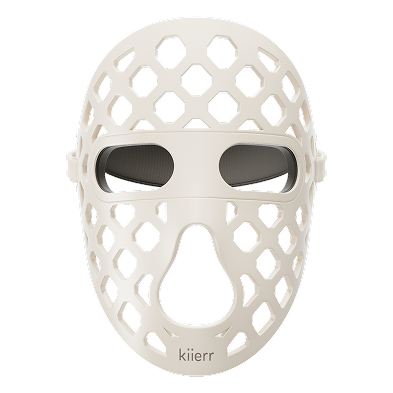

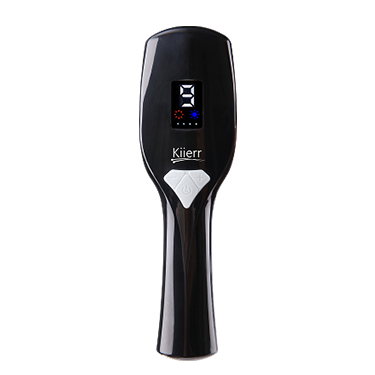

 RESULTS
RESULTS
 Find your device
Find your device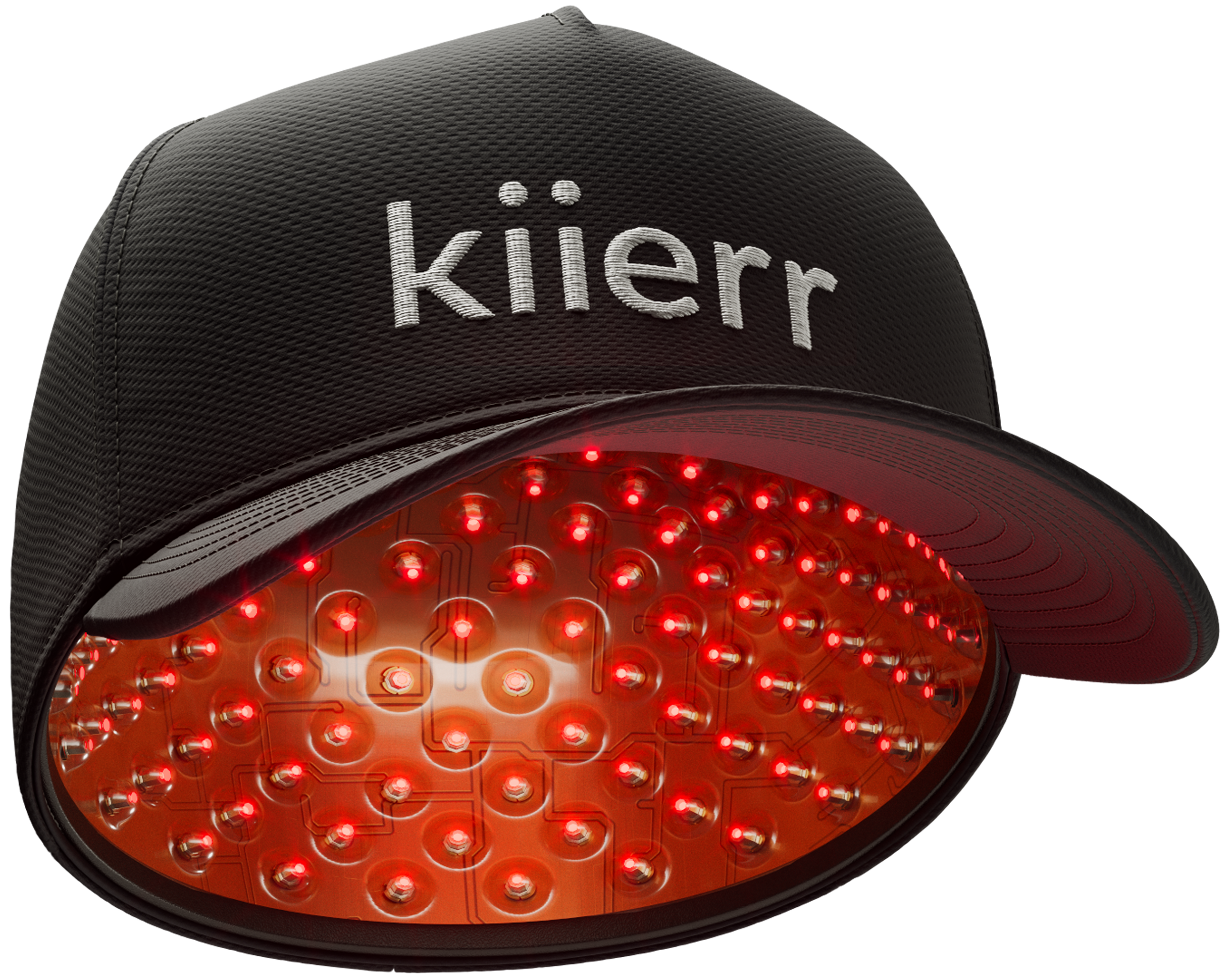
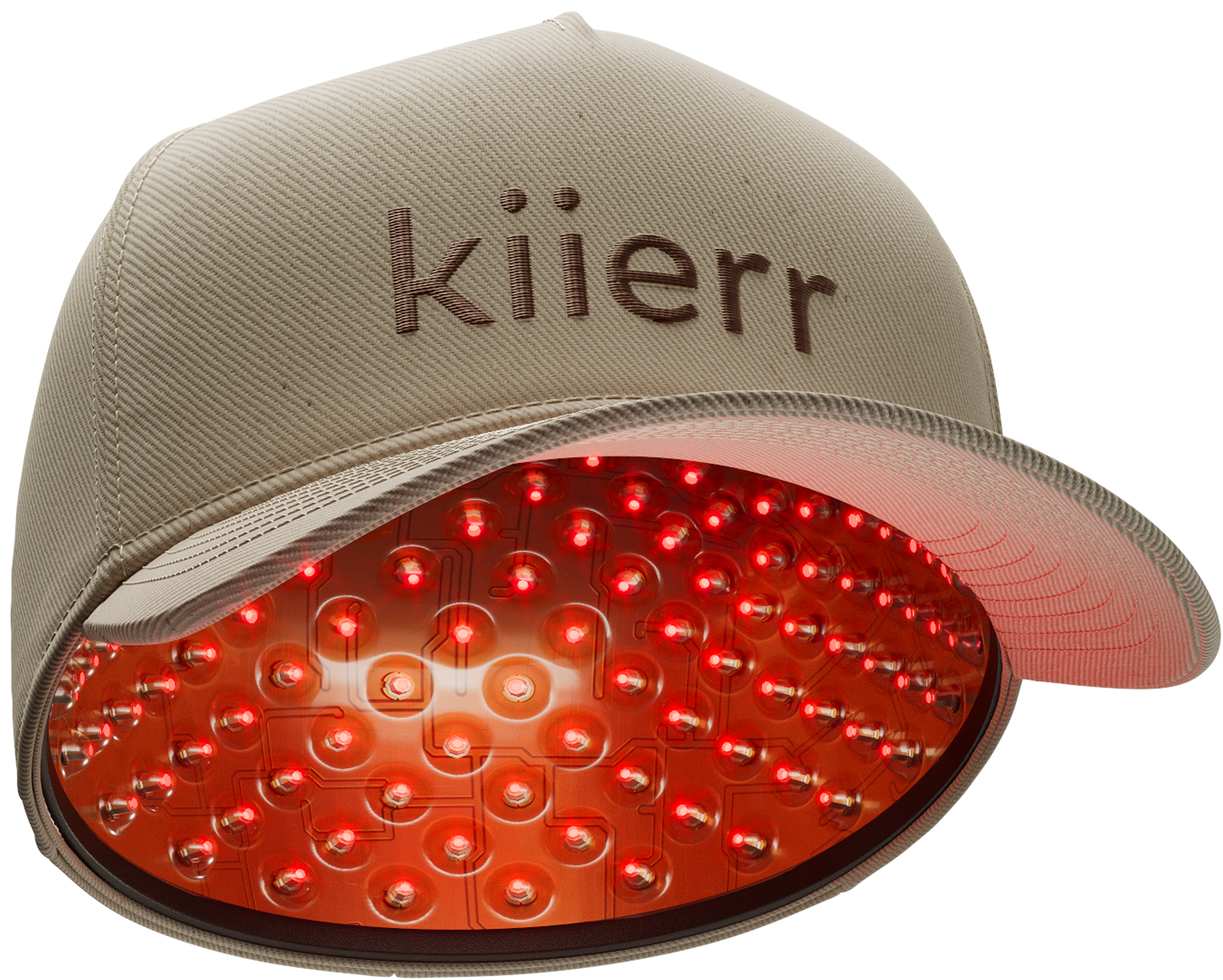
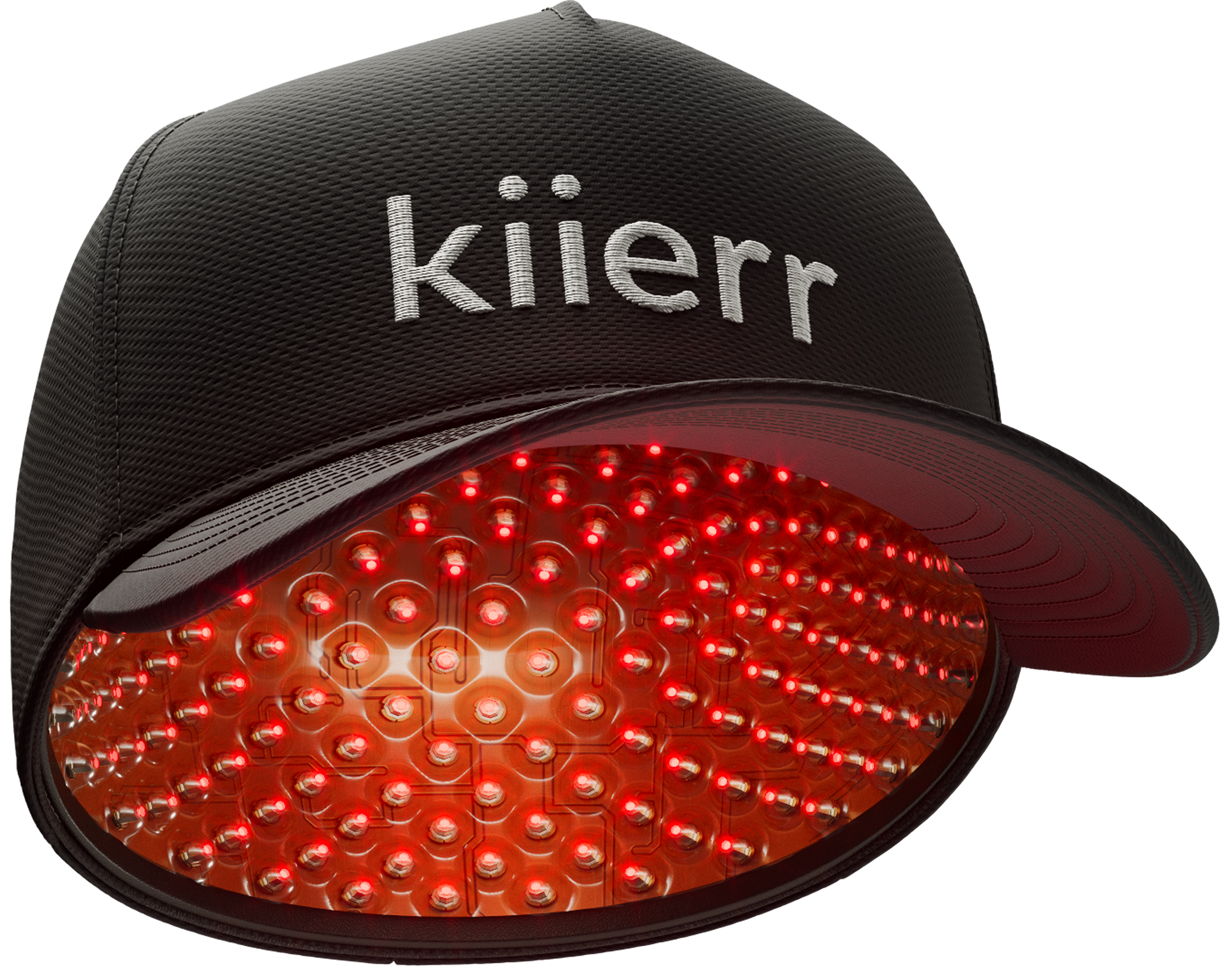
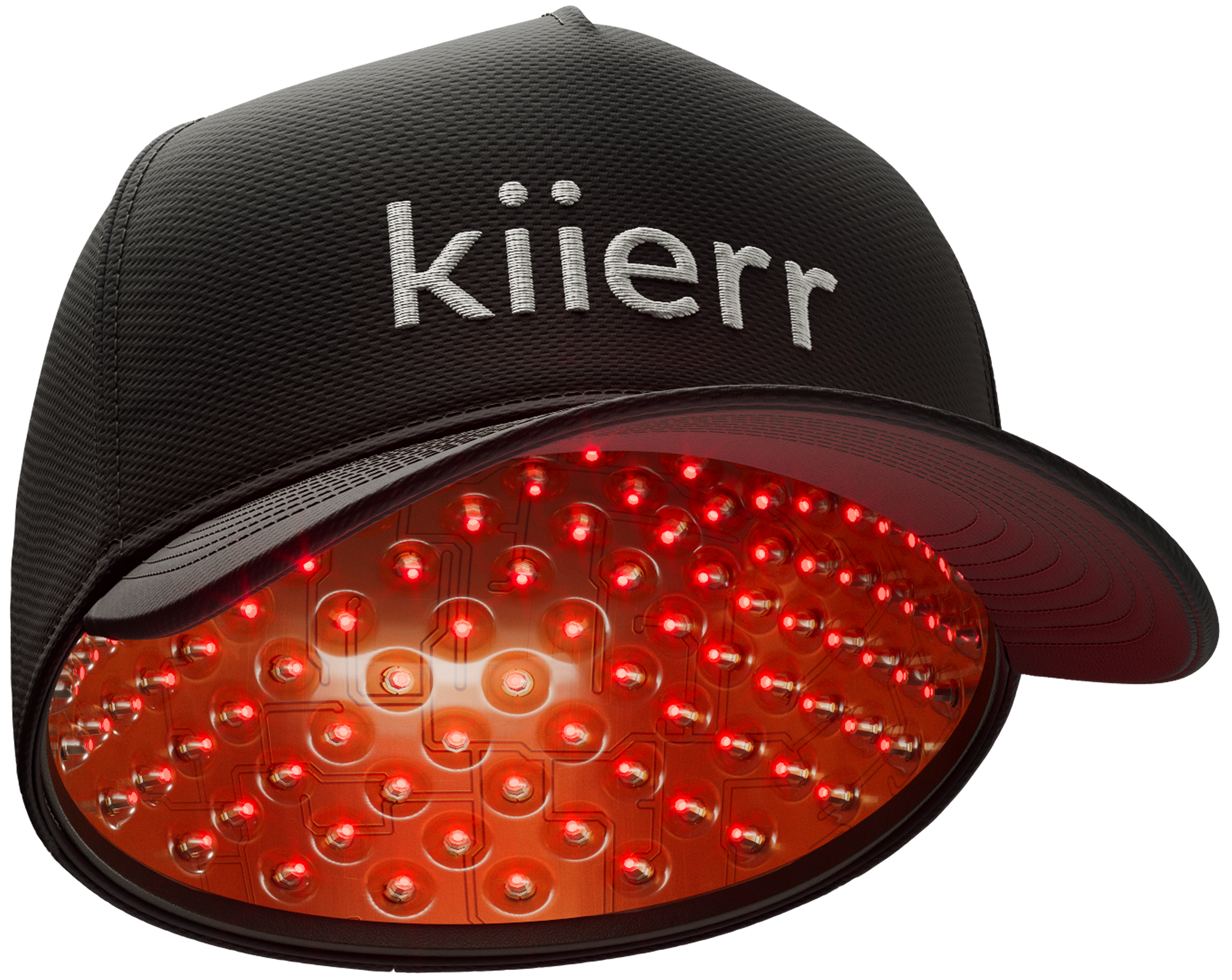
 Learn
Learn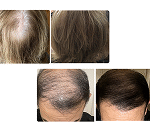 See results
See results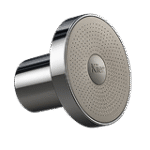 SHOP BEAUTY
SHOP BEAUTY